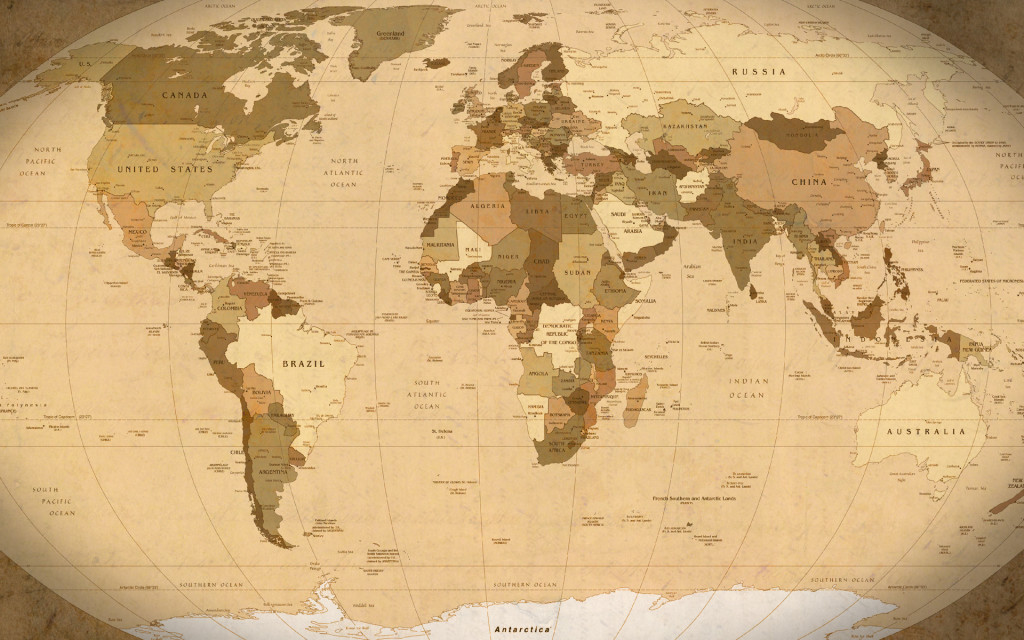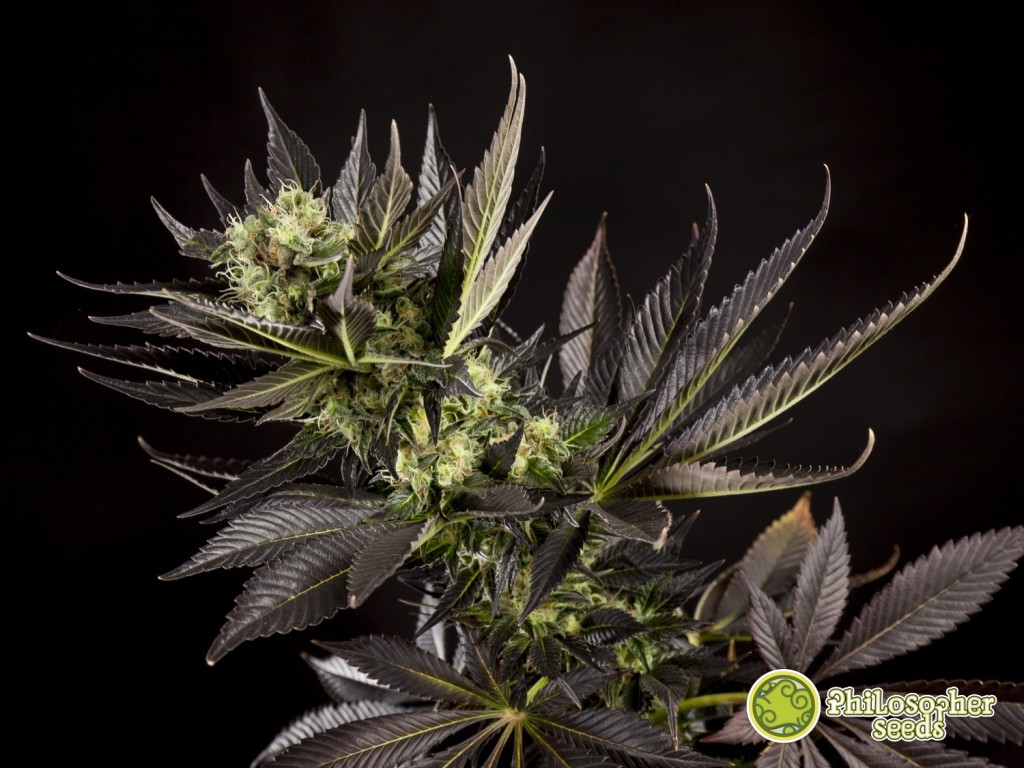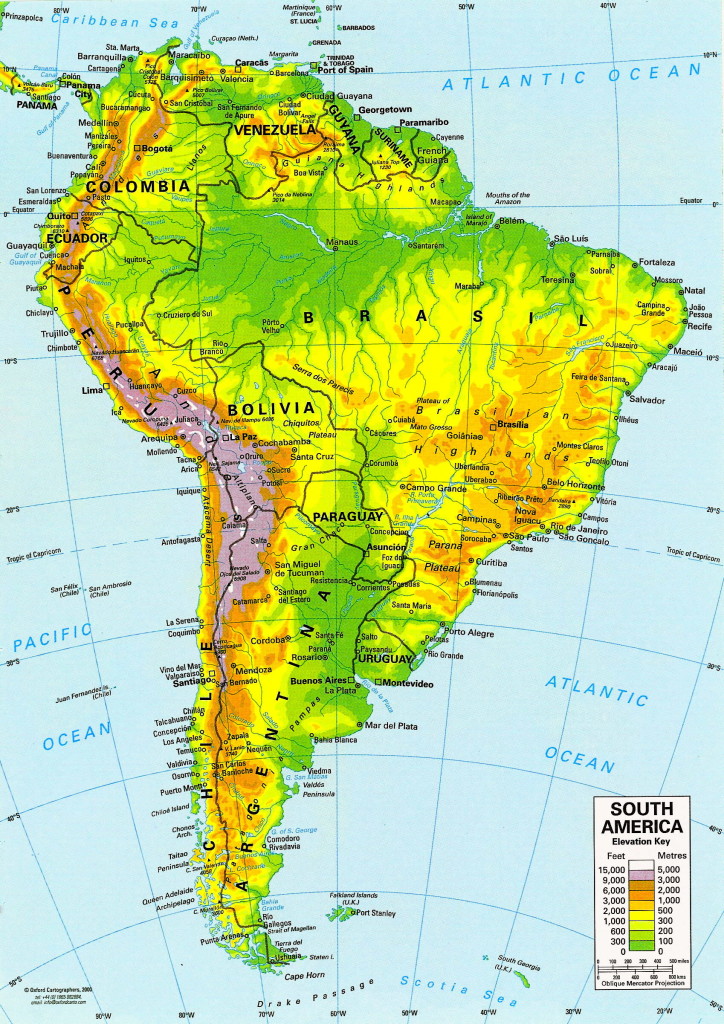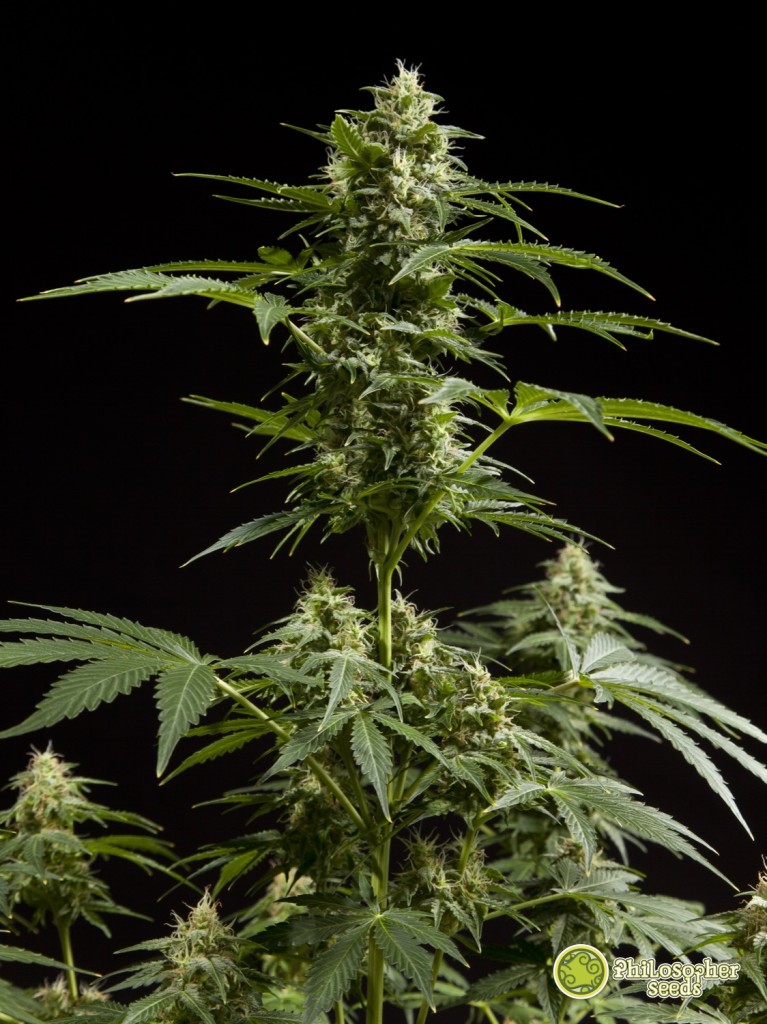Growing cannabis strains from Philosopher Seeds depending on latitude
List of contents
Cannabis is an annual plant, (it grows, flowers and dies in the same season) grown for millenniums in almost all corners of the world, except the areas near the poles. Coming from Central and South Asia it's a plant genus with three different plant species: Cannabis Sativa, Cannabis Indica and Cannabis Ruderalis. Although each species of cannabis has a few traits and properties which make it more suitable for certain areas (logically they develop better in areas where they grow naturally), it's an easily adaptable plant for growing outdoors in virtually any climate. With the exception of the auto-flowering varieties, cannabis plants grow during the spring and summer and flowers at the end of this and during the autumn.

We know that we can grow marijuana anywhere if we do it indoors, although if we want to grow it outdoors we will have to take into account the traits of each marijuana strain that we will grow to get the best possible results, as well as the natural climate and photoperiod of the area in that we are and which depends mainly on the latitude and the time of year. We are going to make a brief review of the different areas of the world where it’s possible to grow outdoors, as well as what cannabis strains from Philosopher Seeds will adapt better to each of these areas.
As we've discussed, the photoperiod and climate are determined for the latitude in which we are - and, logically also for the month of the year - although we should always take into account the Orography of the region in which we want to perform the crop: as much as we are, for example, on the latitude 40 °N (Madrid) it won’t be the same to grow at sea level than at 1.000 meters in height. Each zone has specific climatic features, and it will be a great help knowing them to be able to choose the right cannabis strain for each area.
Growing seeds from Philosopher Seeds in the northern Hemisphere
This comprises the area of the world located on the north of the Equator, although for our description we will limit it to the area situated on the North of the Tropic of Cancer or Northern Tropic (23° 5' N), approximately between 23°N and 50°N (more to the north the cannabis growing is difficult unless it’s a question of auto-flowering strains that don’t dependent on the photoperiod to flourish). We know that, as we move toward the North from the Tropic of Cancer, the natural photoperiod is increasingly shorter and the climate colder. So consequently from a latitude of more or less 45ºN and up to 50 ºN we shouldn’t try to grow Sativa strains because their long flowering period can coincide with fairly harsher autumns than in areas that are closer to the Tropic.

We must take into account the natural photoperiod and climate that exist in areas closer to the tropics - such as the Canary Islands (located between 27° 37′ and 29° 25′ North) or some areas of Mexico - that even allows several outdoor crops a year and where can be grown mainly Sativa strains as Heaven’s Fruit or Amnesika 2.0.
For areas from 45°N it isn’t recommendable to plan crops with varieties that extend their flowering period unless we enjoy of an especially mild climate; in these cases, our crop will be easier and more productive if we choose fast flowering strains such as Early Maroc or Gokunk.
February-March (for those areas closer to the tropics) and April-May, even June for areas from about 35°N. Most strains flowering ends around October-November, December for the longest flowering Sativas. The summer solstice is between June 20 and 21, while that of the winter is between 21 and 22nd of December. The equinoxes (days with the same number of hours day and night) coincide on 20th March and 22 and 23rd of September.
Growing seeds from Philosopher Seeds in the southern Hemisphere
For our post, we will limit this area between the Tropic of Capricorn or Southern Tropic (23° 5' S) and approximately the 50°S, comprising mainly South Africa, a good part of Australia, Argentina, Paraguay, Uruguay, south of Brazil and Chile. In this strip, the months of greatest sunlight and therefore the best to start our crops are November, December, January and February. Although it always depends on the area (orography, microclimate, etc.) generally the climate in the southern Hemisphere is warmer than in the North, something colder. It’s perfect, therefore, for most of strains, such as Jack el Frutero or Naranchup , which will end their flowering period around early April.

As is happening in the northern Hemisphere, as we move away from the Ecuador it becomes more and more difficult to grow any marijuana strain, being auto-flowering varieties as Cheesy Auto or White Yoda perfect for these cases (remember that as being automatic, these strains can be planted in most zones at almost any time of the year with good results) or as alternative Indica strains with a shorter flowering period than Sativas. If we look well, and as an example, the growing of marijuana in Chile will be much more possible in the northern half of the country than in the south, where we will have to select with much more care which strains to grow.
In the southern Hemisphere, the summer solstice is about December 21, while that of winter is June 21. The equinoxes are March 20 and 21 and September 22 and 23.
Growing of Philosopher Seeds strains in the Tropics
As its name says, this stripe comprises the area between both Tropics, the nearest to the terrestrial Ecuator. The changes in the photoperiod in this area are minimal and increasingly smaller how closer we are to the Ecuator (12 daily hours of light and of darkness continuously). The climate in this stripe is principally warm and tropical; therefore it’s perfect for growing marijuana outdoors.

Pueden cultivarse autoflorecientes como Fraggle Skunk Auto durante todo el año sin problema, al igual que casi el resto de variedades. Usando semillas feminizadas o regulares, y para conseguir plantas mayores, algunos cultivadores aportan unas pocas horas de luz artificial al día para que las plantas sigan creciendo, empezando su floración cuando el cultivador retira ese aporte lumínico extra. SuperJuani, Guayita, Sweet Love, Sugar Pop…podemos cultivar cualquier planta en esta zona, y en cualquier época del año!! Felices cultivos!
It’s possible to grow auto-flowering’s like Fraggle Skunk Auto during the whole year without problem, as almost the rest of strains using feminized or regular seeds. To obtain greater plants, some growers give a few hours of artificial light a day so that the plants keep on growing, beginning its flowering when the grower moves away this extra light contribution. SuperJuani, Guayita, Sweet Love, Sugar Pop … we can grow any plant in this area, and in any season!
Happy Crops!





